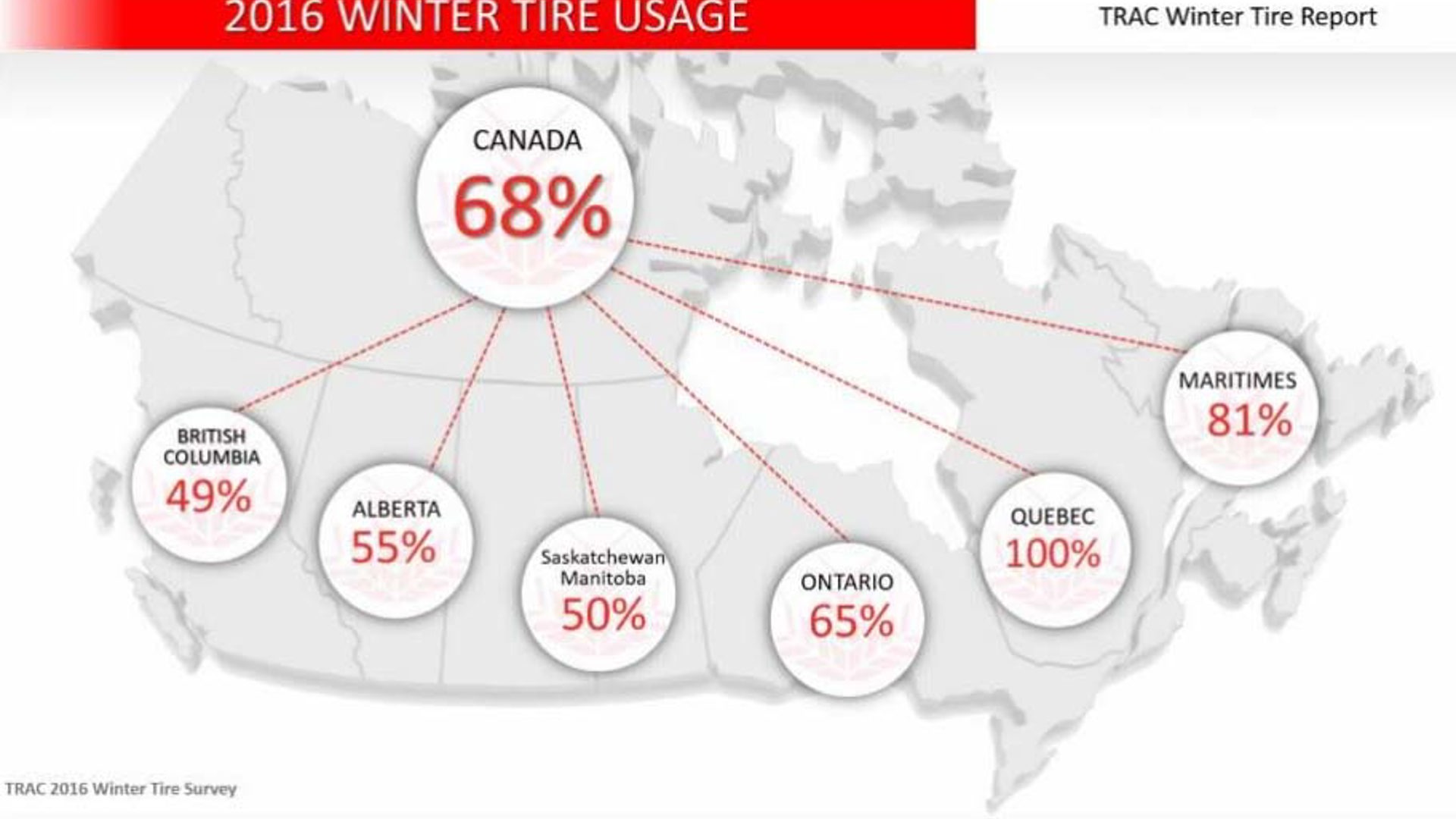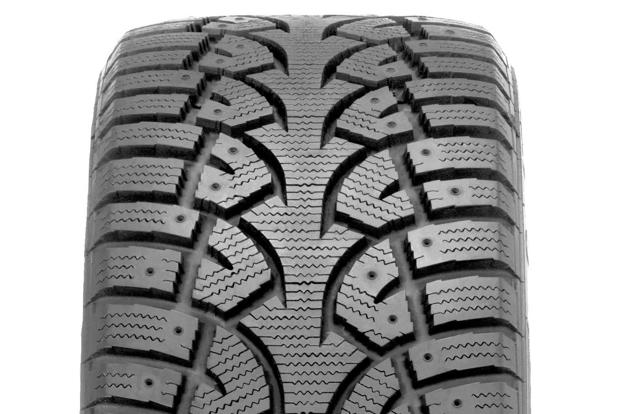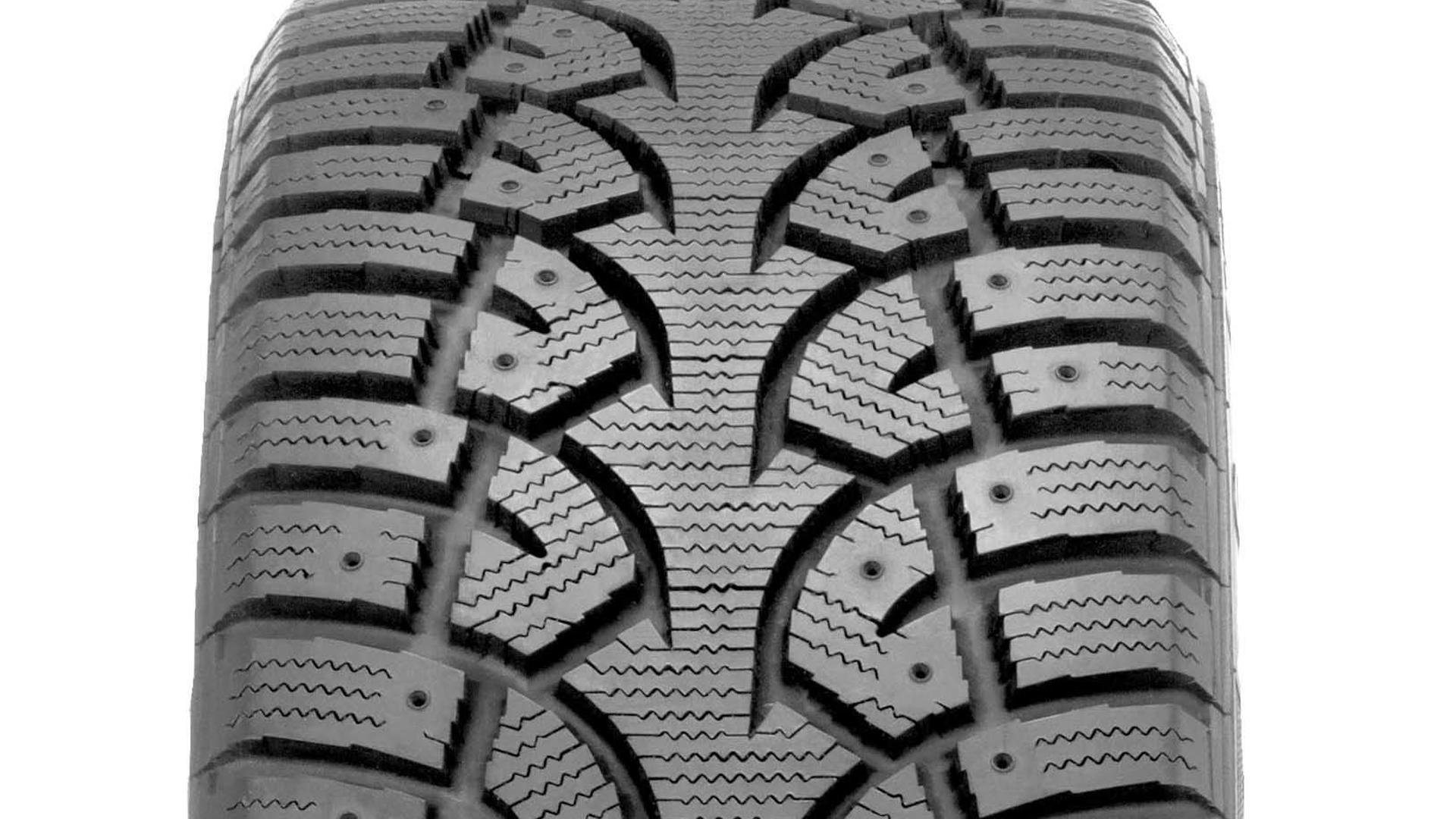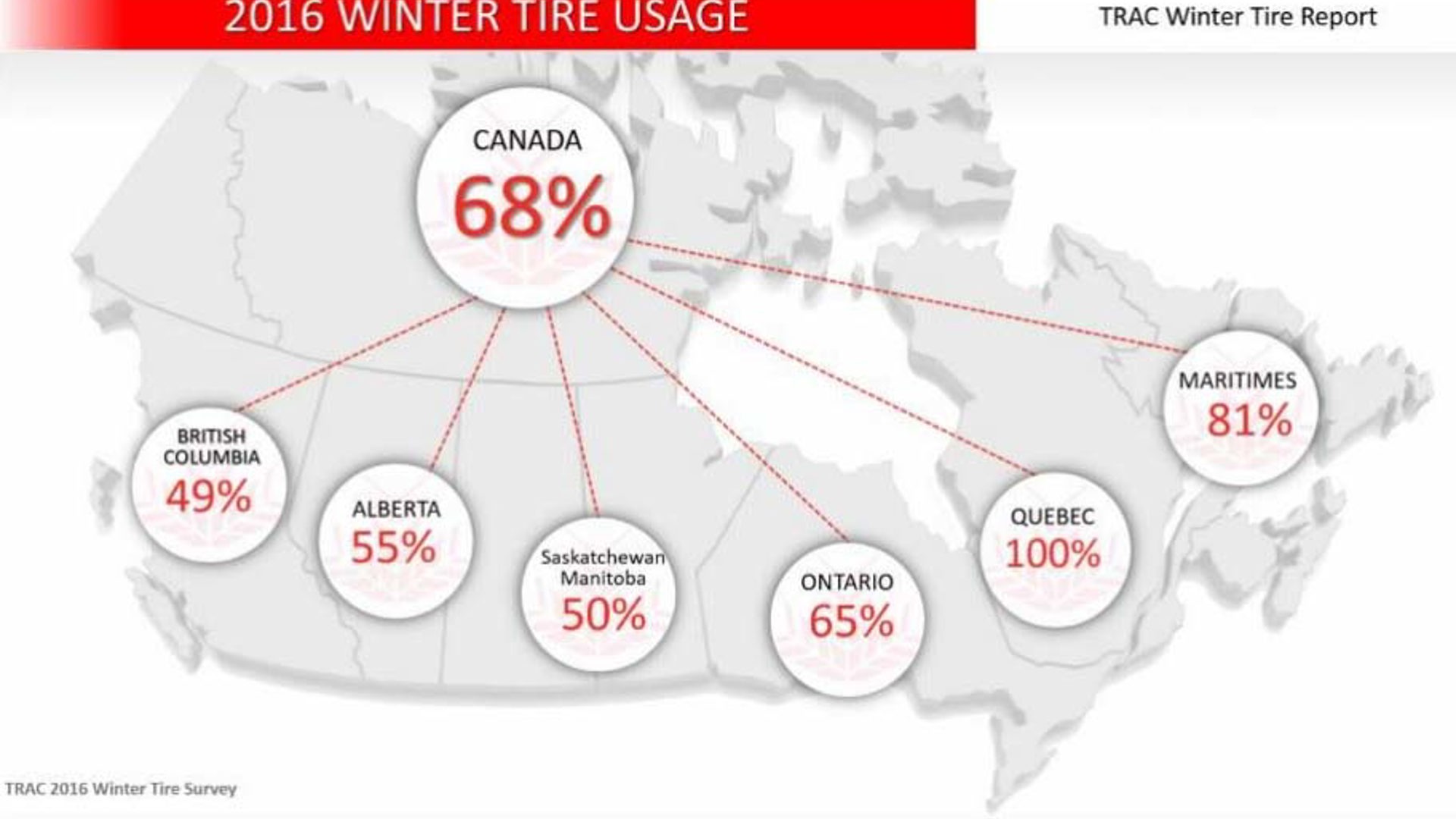Here at autoTRADER.ca, we’ve been proponents of winter tire use since winter tires were invented.
And it seems that Canadian drivers are finally catching on. A survey by the Tire and Rubber Association of Canada shows double-digit increases in winter tire usage outside of Quebec, where it’s illegal not to use them.
To promote awareness of all things winter tire related this season, Kal Tire has turned to Winnipegger and pro race driver Amber Balcaen and one of their in-house tire experts, Geoff Wiebe.
At just 25 years old, Balcaen is already 15 years into her racing career: she began racing karts at ten, lightning sprints at Red River Co-op Speedway at 16, 410 Outlaws at 21, and ventured into the world of NASCAR just last year. She’s made her mark at all levels, and in 2016 became the first Canadian woman to win a NASCAR-sanctioned race.
But her exposure to motorsports started even earlier than that. As a third-generation racer, “I’ve been at race tracks since I was in my mom’s belly,” she says.
And today, she’s with us to talk about the importance of tires. “The most important thing about driver safety in the winter is your tires. You need that traction in the winter, and winter tires provide it.”
But we all know that, right?

The benefits of winter tires are well documented, and we’re going to go forward on the assumption that you don’t need to be convinced to get them. Once that decision is made, there are plenty of things to consider.
As far as sizing goes, the simplest thing to do is stick with tires the same size as those that came on your vehicle. But for winter tires, Wiebe notes that “narrower is generally better. Wide tires are great under optimum conditions if you’re driving the car hard. Most other conditions, the width isn’t helping you. Furthermore, in snow and ice, they tend to stay on top of the hazard. They don’t cut down to where the grip is, which is on the road surface. If you can get away with going narrower, that’s going to be number one.”
A higher profile tire also helps. “Low-profile tires have stiffer sidewalls for better handling. But they don’t flex and they don’t conform to the road surface as well as higher-profile tires.”
“We know from testing that if you can shrink the size of your wheel – you want to maintain the same outer diameter for sure – but if you can increase the height of your sidewall, you’ll get more flex which will work together with the winter rubber compound. It’s going to take away some of that nimbleness, but it’s a trade-off worth accepting.”
These statements carry with them some words of caution, however. Your vehicle might not be able to accommodate smaller-diameter rims due to the geometry of its suspension and braking systems, or your rims might not work with narrower tires. That’s where you need to talk to the experts, either at your car dealership or at the tire store where you’re doing your winter tire shopping. “We work hard at training our people to ask the right questions and help customers make the right decision,” Wiebe notes.

Even if your vehicle can accommodate the smaller rims with taller tires, the rolling diameter of the tire must match that of the original tire size. The tolerance is typically three percent or less difference, to preserve speedometer accuracy and proper operation of the vehicle’s speed-based safety systems.
My own VW Golf R, for example, came from the factory wearing 225/40R18 tires. In the winter, however, I put on the 17-inch rims from my previous GTI, which allows me to use 225/45R17 tires with slightly taller sidewalls. The rolling diameter of the 17-inch tires is 0.5 percent smaller than original, which is well within tolerance.
But I already had the rims, and they needed to be fitted to the car prior to me making this decision. If you need to buy rims and want to go smaller, you need to make sure they’ll fit. If your vehicle comes in a lower trim (but has the same brakes and suspension) that has smaller-diameter wheels, that’s an easy way to tell if a smaller rim would fit.
Some websites address this by recommending wheel and tire packages that follow this philosophy. According to TireTrack.com, “wide, low profile tires have to ‘plow’ a wide path through deep snow, where narrower tires have an easier time. So if you’re likely to drive through deep snow this year, you’ll want winter tires and wheels in sizes that help put the laws of physics on your side.”
Wiebe notes that his company’s website, www.kaltire.com, is more about promoting safety than it is about promoting the company. “There’s a ton of information and education content on there. This campaign is about the why and when of winter tires. Yes, it’s Kal Tire, but ultimately we want you to make the decision that’s safest and best for your family.”
Test results are available online, and there are graphics on display at each Kal Tire location.



